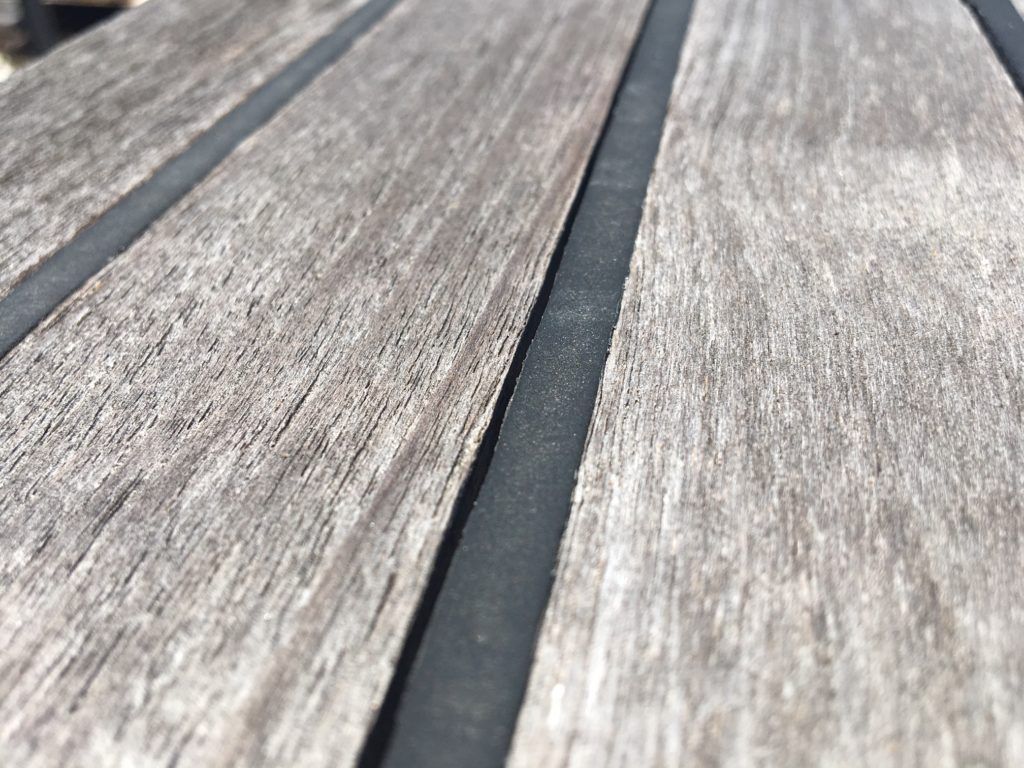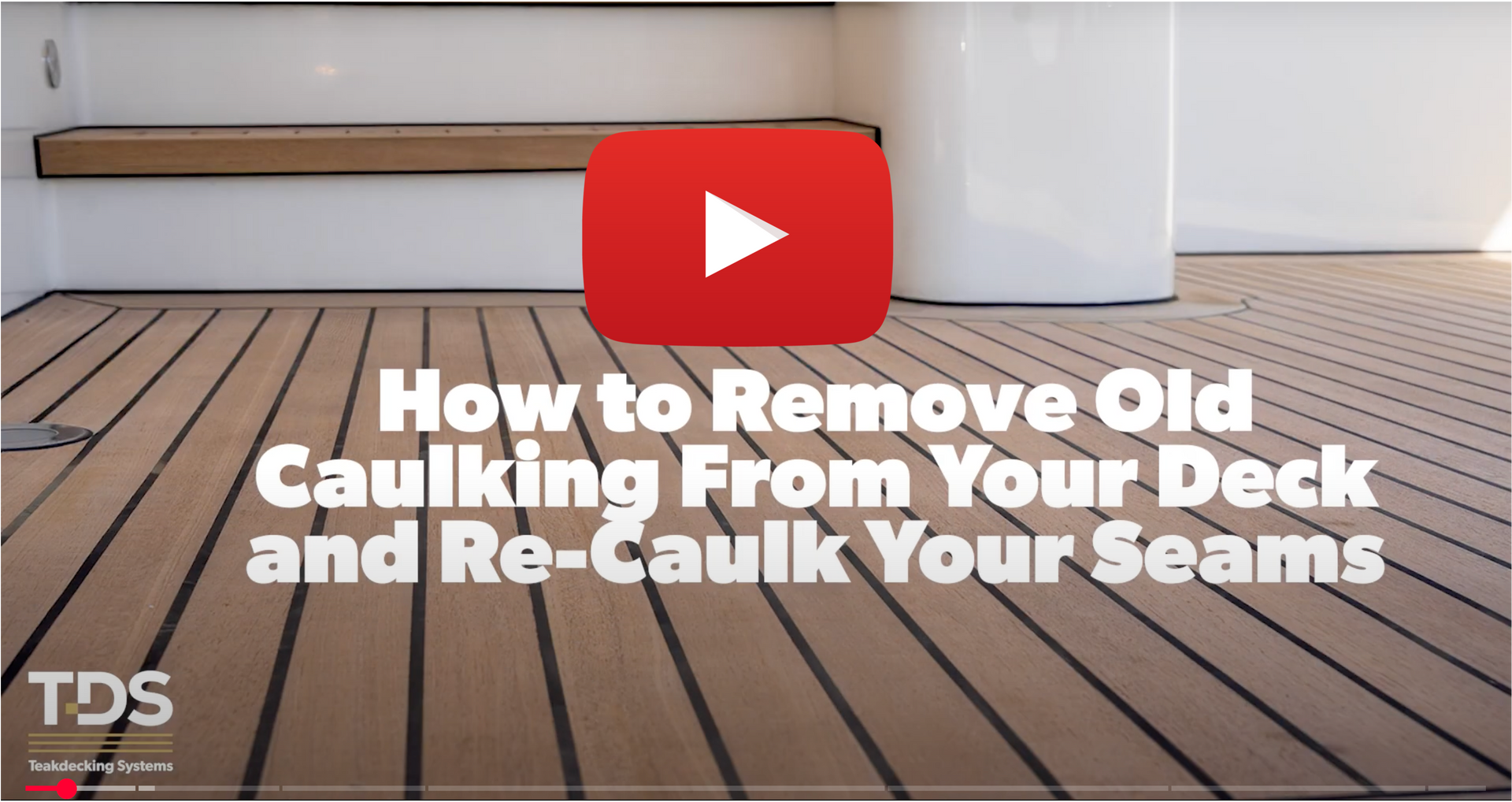You Ask, We Answer: Do you really need to use Bond Breaker Tape?
When installed correctly, bond breaker tape plays a crucial role in the performance and longevity of teak deck caulking. It's not just a "nice-to-have" in deeper seams, it's a valuable insurance policy that can prevent costly repairs and improve the durability of your decking.
When Should You Use Bond Breaker Tape?
Our general recommendation is to use bond breaker tape in any seam deeper than 3/16" (5 mm). However, in practice, we find it even more effective when used in seams at least ¼" (~6.5 mm) deep. At these depths, the tape replaces traditional cotton by creating a “release” layer at the bottom of the seam. This reduces the adhesive load on the seam walls and helps ensure that the caulking only adheres to the sides—where it should.
Why It Matters: Movement and Stress in Teak Decks
Teak (and wood in general) expands and contracts with changes in weather; sun, rain, heat, and cold. These movements create significant stress on caulk seams. Without bond breaker tape, even a well-prepped seam can fail under pressure. In some cases, the caulk pulls so hard that it tears the wood itself when contracting.
You may notice a concave appearance in seams after a period of dry weather, even if the caulking was originally applied flat. This is a visual indicator of shrinkage and stress. When bond breaker tape is used correctly, the bottom of the caulk can release cleanly, reducing this concave effect and preserving the integrity of the seam walls. Over time, this means fewer repairs and longer-lasting performance.
Avoiding Pitfalls: Don’t Use Tape in Shallow Seams
One word of caution: Do not use bond breaker tape in shallow seams. When there isn’t enough depth, there’s a higher risk that the tip of the caulk gun will lift the tape during application, pushing it against the seam walls and compromising adhesion. We've seen firsthand how this can cause widespread seam failures, most notably on a high-end carbon fiber sailboat where incorrectly applied tape contributed to a complete failure of the caulking system. It was an expensive mistake that could have been avoided with proper installation practices.
Choosing the Right Tape
Not all tapes are created equal. We recommend (and use) Scotch® #218 Fine Line Tape due to its superior adhesive properties and reliability.
A roll of this tape can even double as a hand tool for pressing tape into place. Once the roll is empty, the smooth plastic core makes an ideal tool for flattening tape into the bottom of seams ensuring a clean, consistent application.
Does It Really Work?
Absolutely. We've seen many cases where bond breaker tape made a clear difference. In one example, a worn section of deck showed the caulk had separated cleanly from the tape at the base of the seam while still firmly bonded to both sides just as it should. That kind of performance confirms what we already know: when used correctly, bond breaker tape adds real value.
In summary, bond breaker tape is a small addition to your deck caulking process that pays off in big ways stronger seams, fewer failures, and longer life for your deck. Just be sure to use the right depth, the right technique, and the right product.
ALL PRODUCTS




